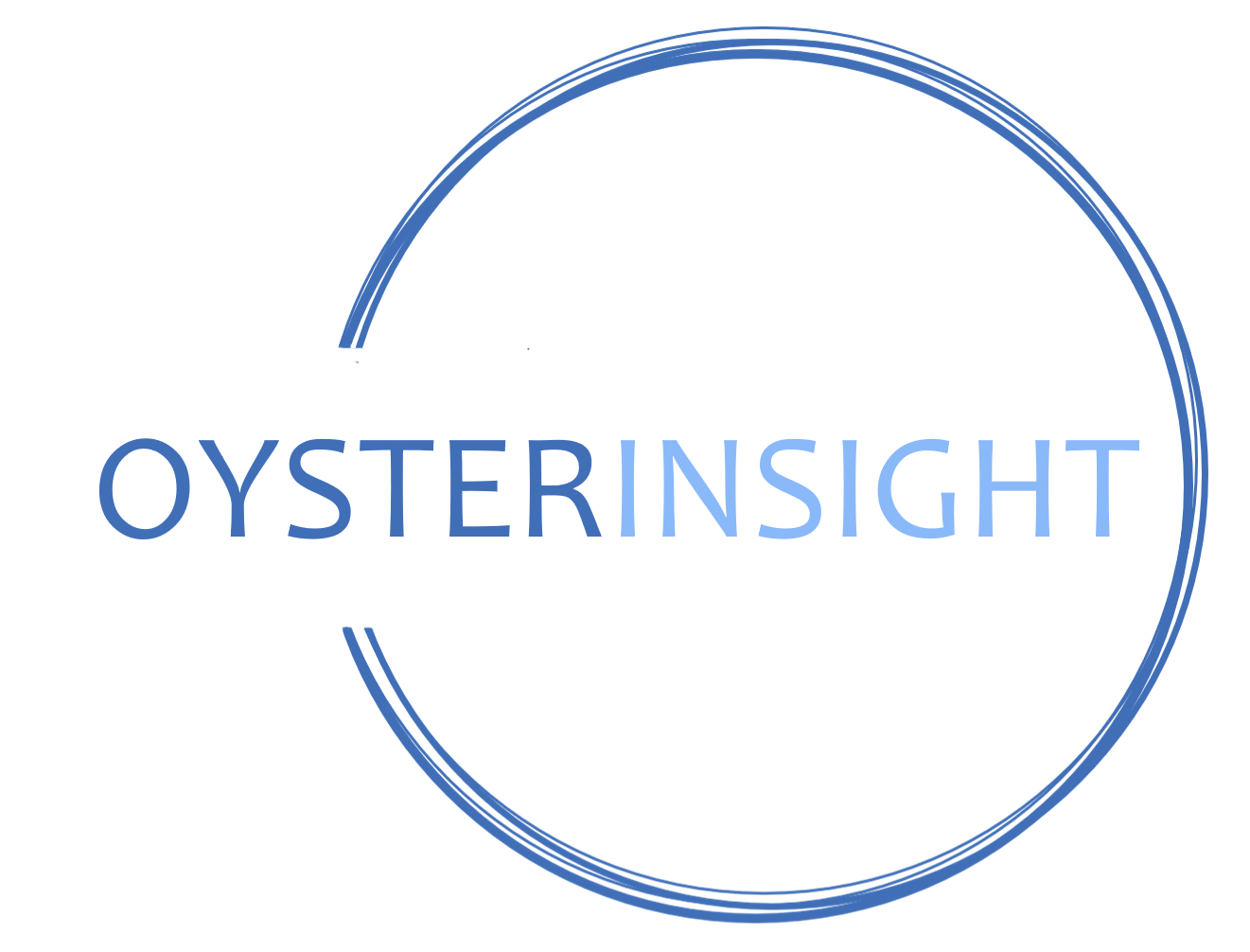And Launched Us Into What’s Next
When Star Wars debuted in 1977, it wasn’t just a movie—it was a cultural inflection point.
It introduced a new visual language.
It reshaped how stories could be told.
It merged cutting-edge technology with timeless myth.
And it sparked a multi-generational following that’s still growing.
Last weekend, I felt that same seismic shift—at a Dead & Company concert at the Sphere in Las Vegas.
It was more than a concert. It was a reimagining of what live experience can be.
And like Star Wars, it marked a before and after.
This wasn’t the future of live music.
It was the future of experience itself.
The Sphere’s immersive architecture—360° visuals, spatial audio, real-time generative effects—doesn’t just support a show. It transforms it. It makes it participatory, emotional, unforgettable.
And Dead & Company didn’t just adapt to this space—they pushed it to its limits. From soaring visuals timed to climactic solos to surreal imagery synced with deep cuts, they turned the Sphere into a living museum, a pulsing cathedral, and a spiritual reboot all at once.
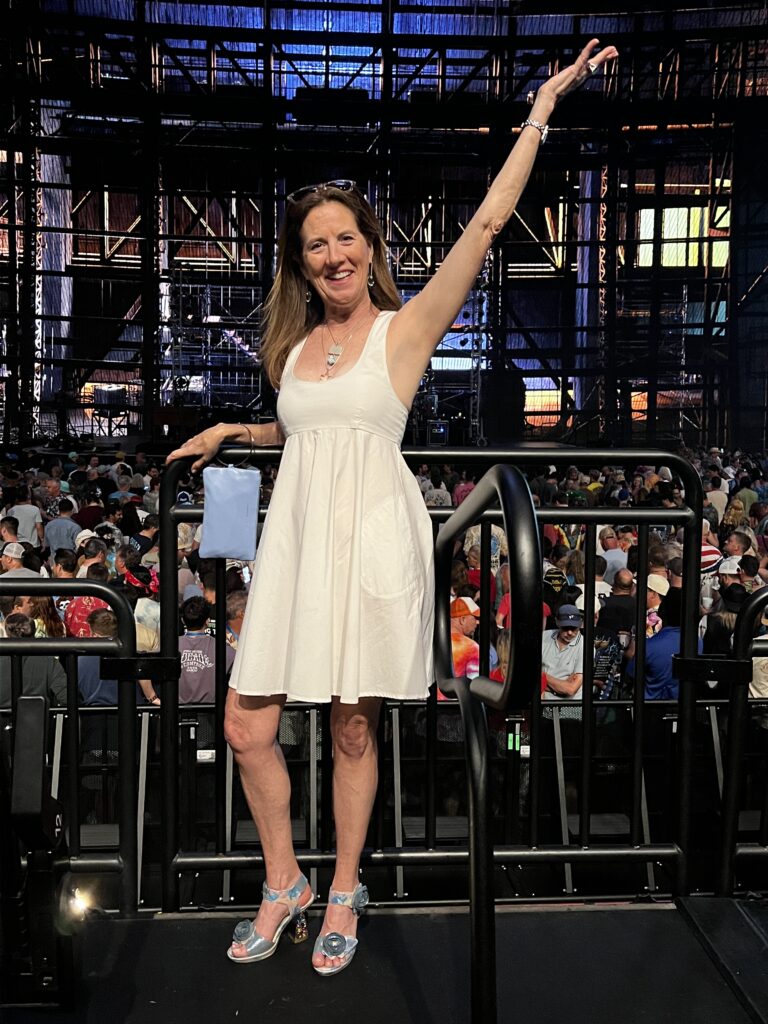
Like Star Wars, this moment lives on multiple levels.
Technological innovation: ILM revolutionized special effects; the Sphere redefines how we see, hear, and feel music. And Dead & Company are not just performing inside that innovation—they’re pushing it to its limits. So much so that audiences have reportedly witnessed visual glitches in real time—a rare reminder that even groundbreaking tech is still being stretched, tested, evolved. This is not a band following instructions. It’s a band shaping the blueprint.
Layered storytelling: This is not about nostalgia or novelty. It’s about recursive, emotionally intelligent storytelling that echoes through decades and across senses. Visuals interact directly with lyrics. Historic photographs of the Grateful Dead dissolve into cosmic dreamscapes. Iconography—roses, skulls, eyes, terrapins—is not just reused, but reinterpreted live, becoming new portals for meaning.
Even the infamously freeform “Drums/Space” segment—once seen by some fans as intermission—is transformed. With immersive planetary journeys, glowing circuitry, and spiraling galaxies timed to each pulse and pitch, it becomes one of the most mesmerizing parts of the show. People stayed in their seats, riveted.
There are stories within stories here:
- The lyrics of a song
- The arc of the setlist
- The transformation from Haight-Ashbury streets to celestial realms and back
- The journey of a band that once built the Wall of Sound—and now bends light itself
And all of it wrapped inside another story: the evolution of the Sphere’s own technological canvas.
Communal myth-making: The Sphere didn’t just deliver spectacle—it generated communal electricity. Spontaneous gasps. Laughter. Cheers. Audience members visibly verklempt as scenes unfolded that touched personal memories, or offered moments of unexpected grace. This wasn’t just about what was on screen—it was about what it unlocked inside the room. We weren’t just attending a show. We were participating in a shared cultural rite.
The unconscious experience: Together, all these elements create a deeply resonant, full-body experience.
Music. Story. Technology. Emotion.
Woven intentionally across time and medium, they bypass surface-level processing and go straight to the subconscious.
That’s what makes it unforgettable.
That’s what makes it transformative.
And the potential isn’t even fully realized: Imagine what’s possible next—visuals designed for every song, not just selected moments. Environmental elements like temperature, and smell woven in. Greater interactivity. Deeper immersion. As bold as this experience already is, it’s still early. The canvas is only beginning to be explored.
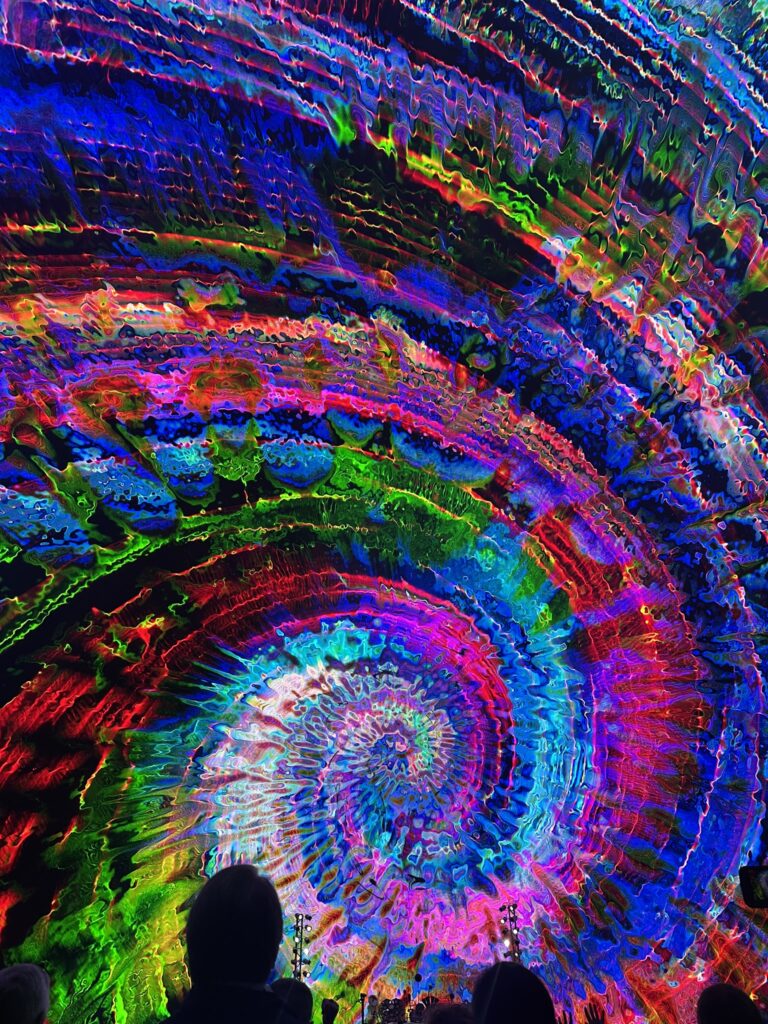
A mirror of a broader inflection point
What made the Sphere experience so powerful wasn’t just the technology or the artistry.
It was the timing.
We are in the midst of a much larger transition—politically, economically, technologically.
Across industries and institutions, there is no going back to “how it was.”
The systems, assumptions, and narratives that shaped the last era are dissolving.
We’re not easing into the future.
We’re blasting off.
And the Sphere made that undeniable.
Experiences like this don’t just reflect the change—
They magnify it.
They clarify it.
They shout it from the rooftops.
They help us feel what transformation looks like—
when it’s done with imagination, connection, and courage.
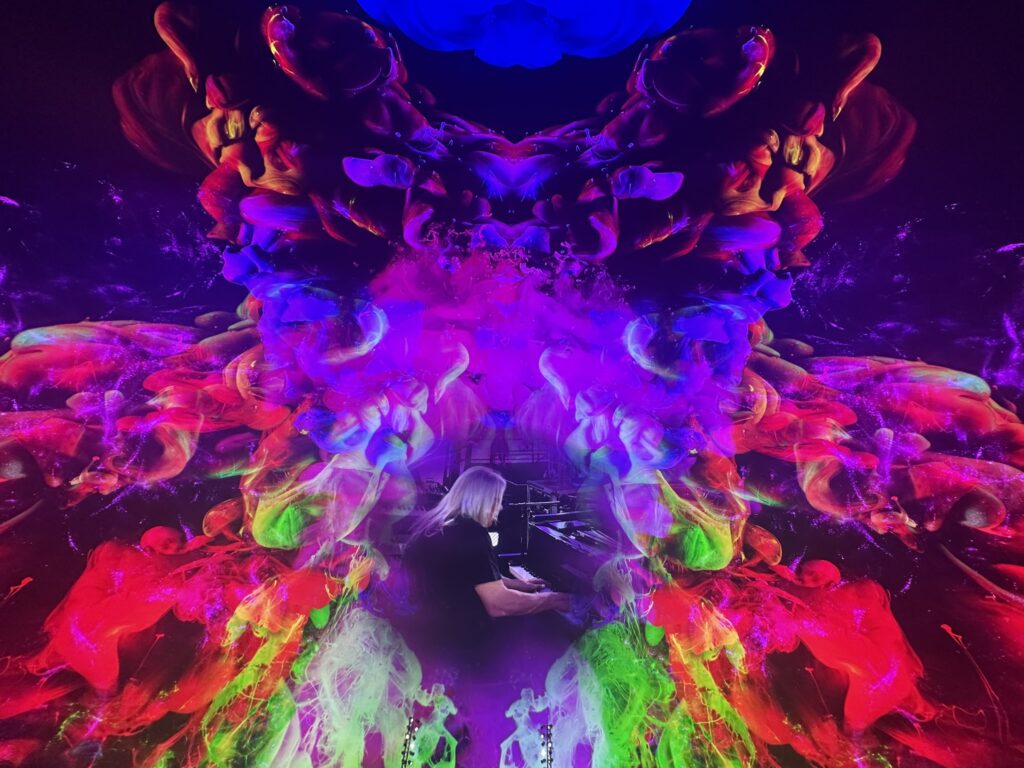
What this means for leaders and learners
This is exactly how I think about executive development.
Today’s executive learners don’t need more content to skim or tips to file away.
They need experiences that meet them—emotionally, intellectually, and strategically.
To experience Dead & Company at the Sphere is to live it:
- Stories are layered across time and medium
- Technology deepens, rather than distracts from, meaning
- We are invited to embark on an emotional journey
- And people remember because they feel it
These resonant, emotionally anchored moments don’t just impress—they imprint.
They create a felt sense of clarity, connection, even identity.
This isn’t about information transfer.
It’s about immersive engagement.
Because real transformation doesn’t come from being told what to do.
It comes from feeling something that stays with you—and shifts how you lead.
What the Sphere demonstrated so powerfully is this:
When story, sound, visuals, and community are aligned—
When messages echo across layers and modalities—
You don’t just inform.
You transform.
That’s the kind of learning that lasts.
That’s the kind of experience great leaders deserve.
